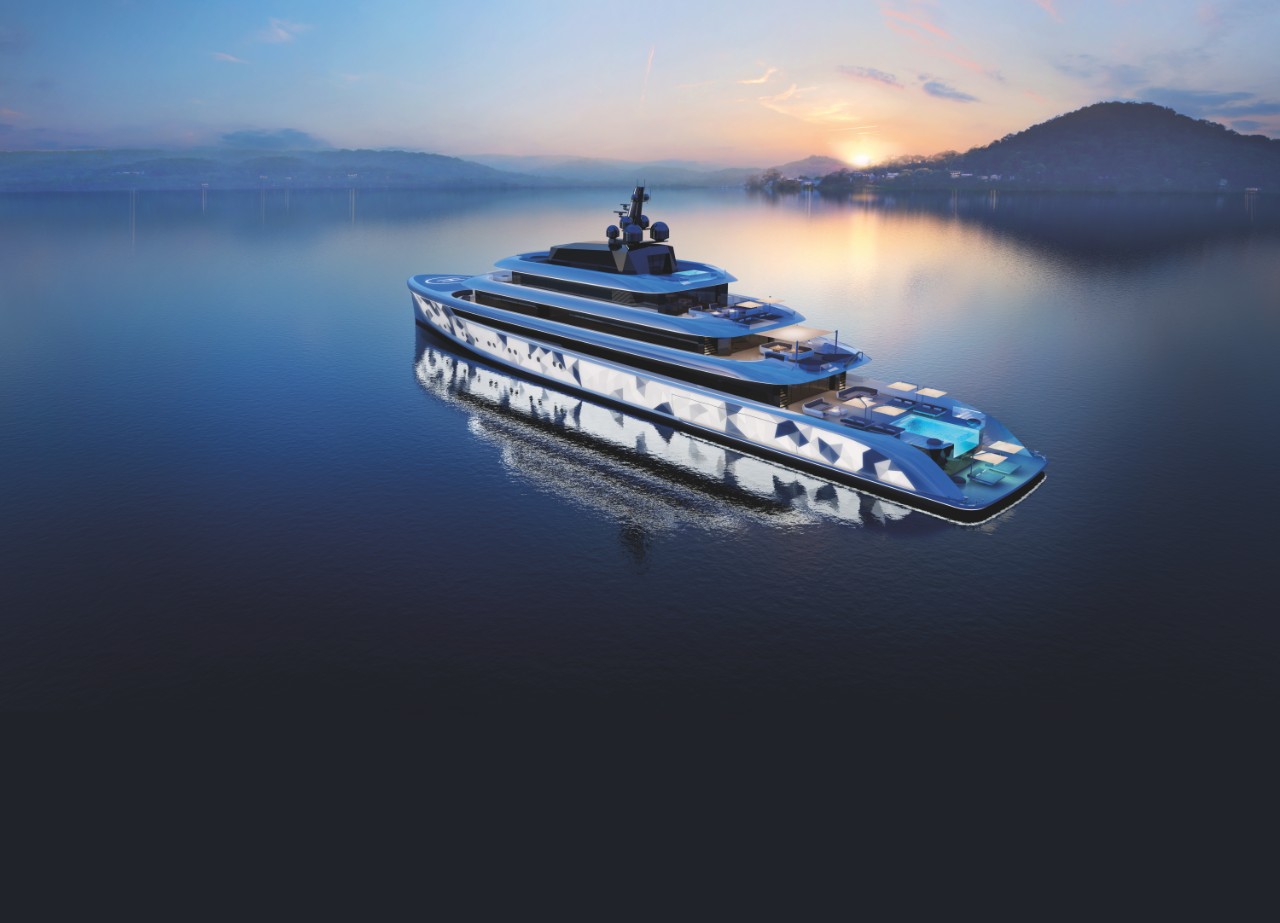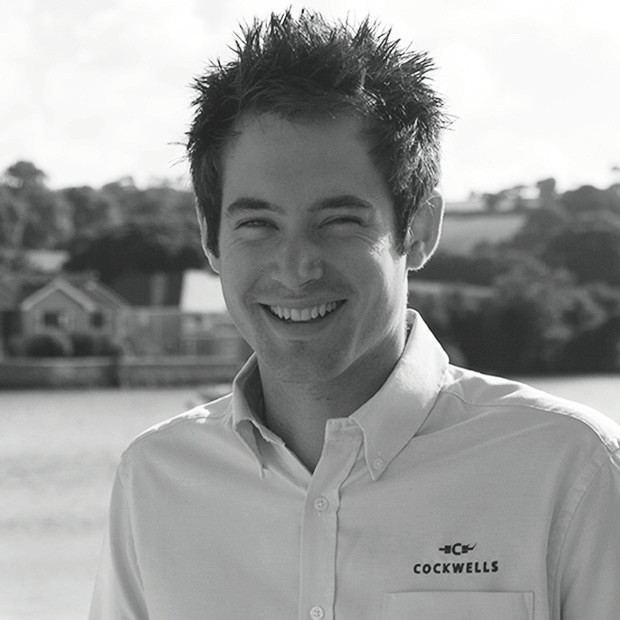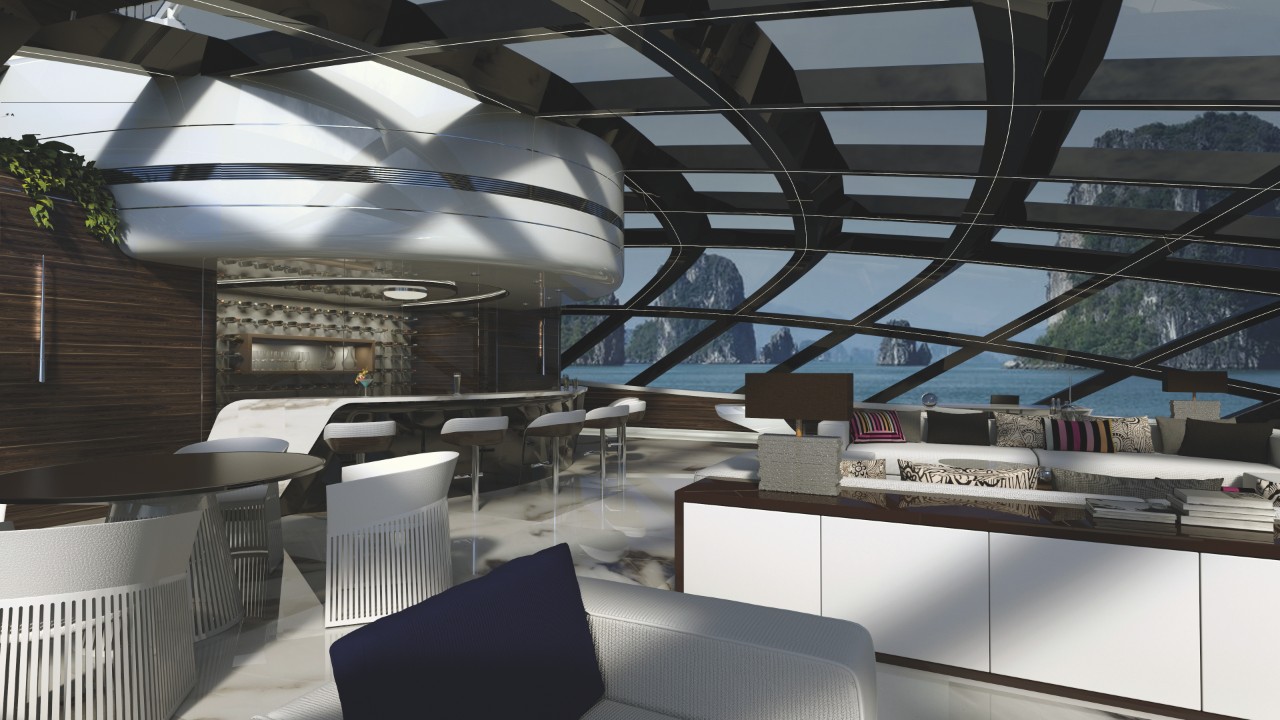Thanks to advances in construction, engineering and digital technology, the design of superyachts is advancing at a meteoric pace. Tim Thomas, from The Superyacht Group, reveals some of the most astounding boats soon to grace the waves.
A boat is a boat is a boat, right? To some extent this holds true: the basics of naval architecture and how a body moves through the water are well established and governed by the laws of physics. But when Russian billionaire Andrey Melnichenko’s groundbreaking Motor Yacht A was launched on an unsuspecting world in 2008, it appeared those laws of physics were being ignored.
Motor Yacht A’s extraordinary Philippe Starck-designed profile and long reverse bow remain as jarring to many today, a decade on, as they did when she first appeared. If she didn’t quite herald the seismic change in general yacht design and styling that some had hoped for or predicted, A did, nevertheless, open people’s eyes to a future where conservatism could be abandoned and free thinking embraced. The result was a flood of radical concepts, many of which came from industrial designers with little experience in yachting. Hardly surprising, then, that they were often dismissed as flights of pure fantasy that could never, ever be built.
Not all quarters have been quite so reactionary. Leading the way is Dutch custom superyacht builder Feadship, which regularly challenges its team of designers at De Voogt Naval Architects to come up with extreme ideas – but on the premise that any design might be feasibly realised within five years. Bearing names such as X-Stream, Aeon and Breathe, these designs incorporate radical new thinking in all aspects, from glass exoskeletons and whale fin-mimicking rudders to sections of exterior deck that are no longer fixed but which can be automatically reconfigured, depending on the desired use. Some even make it to market. Launched in 2015, the 83.5-metre Savannah, for example, features an underwater viewing lounge and a hybrid propulsion system, both of which were developed directly from Feadship’s own Aeon and Breathe concepts.

Above: The Hull of Project Moonstone is covered with lighting panels which allow it to camouflage itself.



